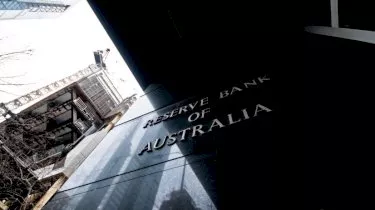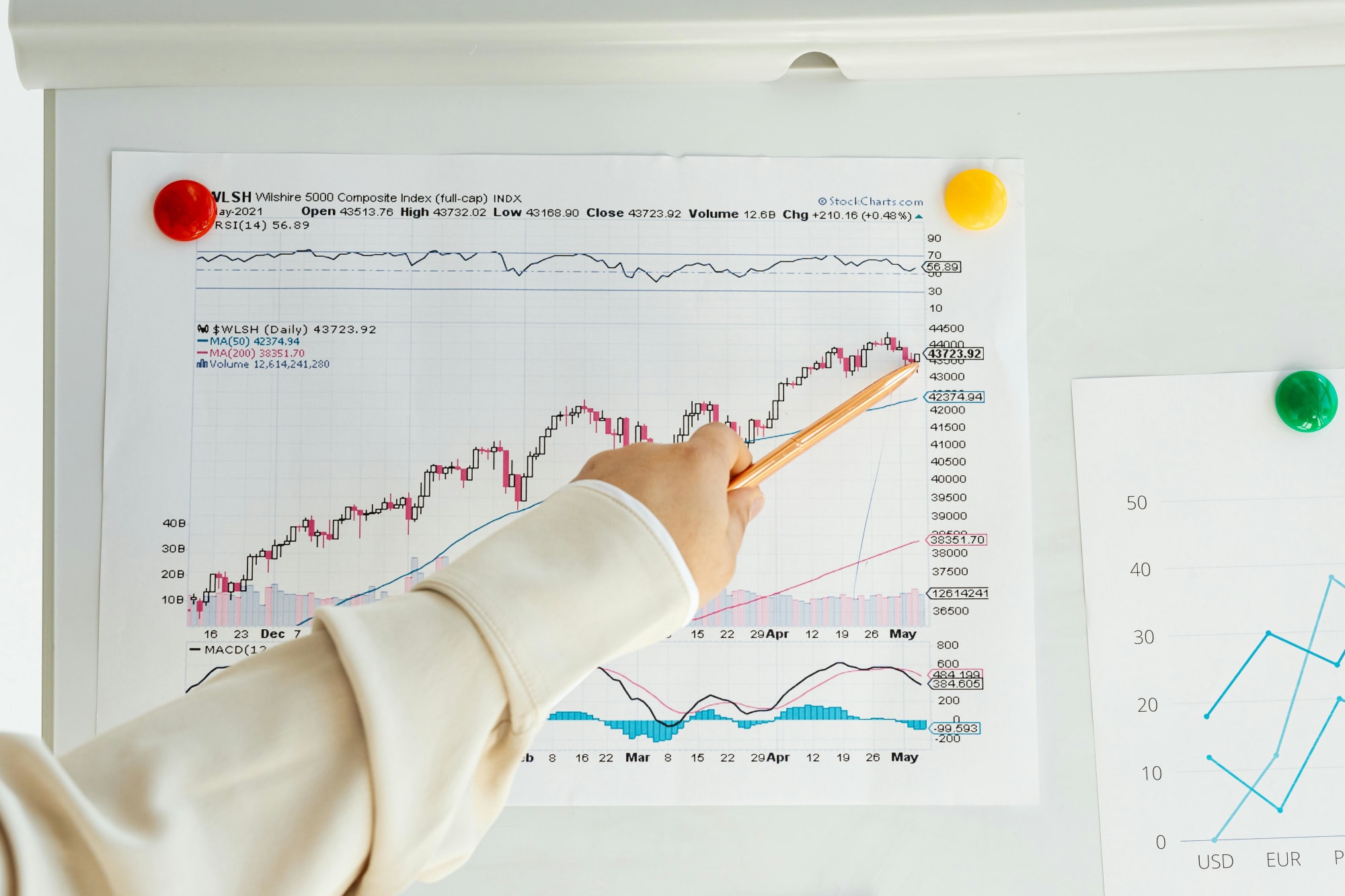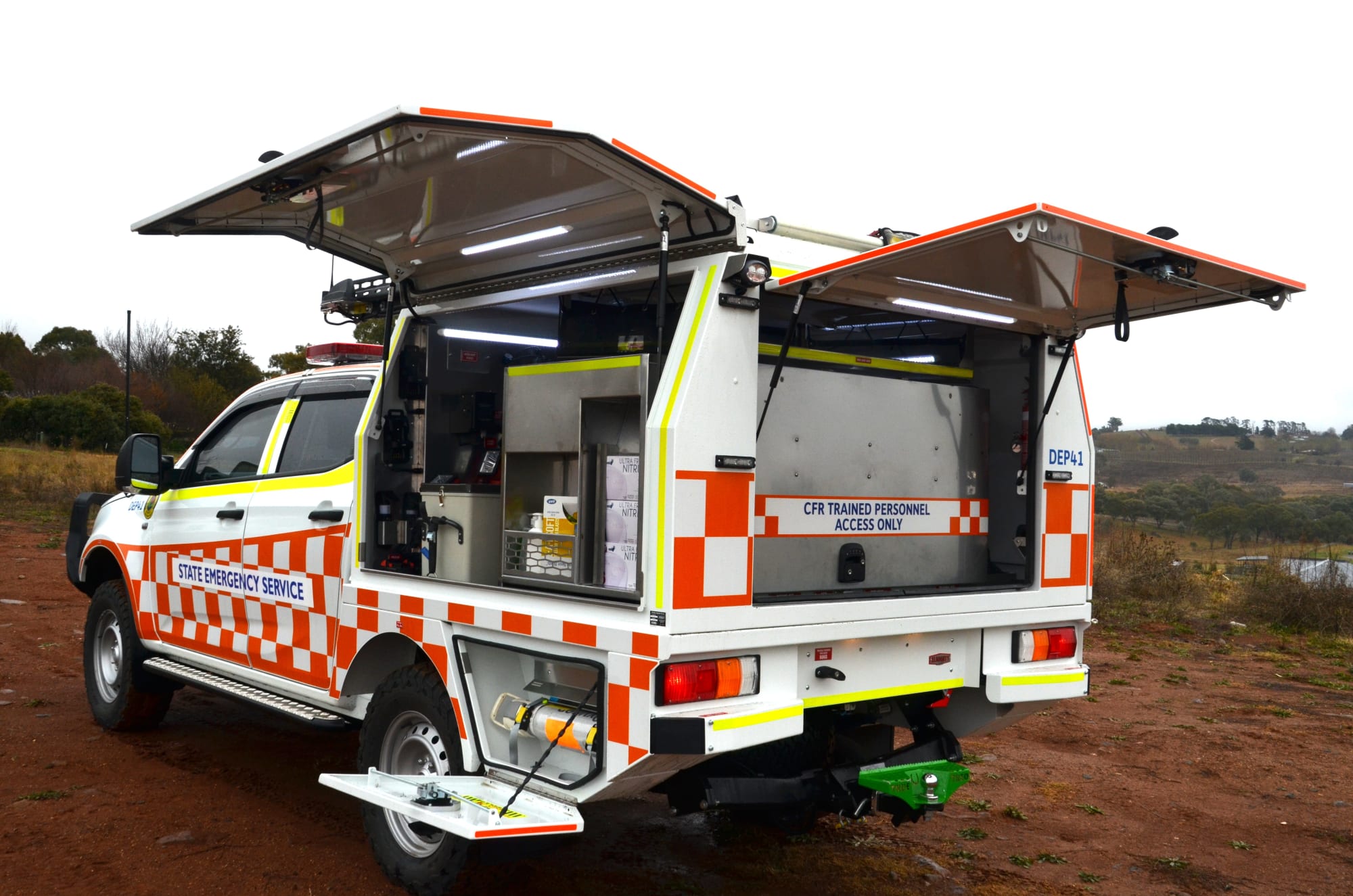Invest
Higher labour costs to become primary driver of inflation, RBA says
The RBA expects higher labour costs in response to a tight labour market to become the primary driver of inflation.
Higher labour costs to become primary driver of inflation, RBA says
The RBA expects higher labour costs in response to a tight labour market to become the primary driver of inflation.

The Reserve Bank of Australia (RBA) has made significant updates to its CPI forecast after March quarter inflation climbed to levels not seen since the introduction of the GST in 2001.
The RBA now expects the consumer price index to peak at 6 per cent at the end of the year, compared to 3.25 per cent it projected in February, before beginning its descent into more comfortable territory.
According to the central bank’s latest statement on monetary policy, CPI should subside to 4.25 per cent by June 2023, before reaching 3.25 at the end of the year.
Underlying inflation – the bank’s preferred measure - is forecasted to increase to around 4.75 per cent in the second half of 2022 before easing back towards the top of the inflation.

Acknowledging the “substantial” revision of the forecast profile for underlying inflation, the RBA said that the impact of the war in Ukraine and renewed lockdowns in parts of China have played a major part.
“The effects of these cost increases on consumer prices have also broadened over recent months. A significant share of firms in the Bank's liaison program have increased prices or expect to increase their prices over coming months as a result of the sustained rise in input costs,” the RBA said.
The RBA has based its forecasts on some technical assumptions, including the expectation that the cash rate will reach 1.75 per cent in the December quarter of 2022 and 2.5 per cent at the end of next year.
Unemployment, it noted, is expected to contract to 3.75 per cent in December before tightening further to 3.5 per cent, where it is predicted to remain for the long term.
The RBA noted that while the impacts of Ukraine are expected to subside, later in the forecast period the main contributor to inflation is expected to be the increase in labour costs resulting from a tight labour market.
“Higher labour costs in response to a tight labour market are expected to become the primary driver of inflation outcomes later in the forecast period,” the bank said, outlining wages growth of 3.75 per cent by mid-2024.
Other key sources of uncertainty include the future evolution of COVID-19, changes in price and wage-setting behaviour at historically low levels of unemployment, and the response of households, firms and asset prices to higher inflation and interest rates.
Last week, the RBA chose to lift the cash rate from a record low 0.1 per cent to 0.35 per cent in its first rate hike in over a decade.
"The board judged that now was the right time to begin withdrawing some of the extraordinary monetary support that was put in place to help the Australian economy during the pandemic," governor Philip Lowe said in the bank's post-meeting statement.
"The economy has proven to be resilient and inflation has picked up more quickly, and to a higher level, than [what] was expected. There is also evidence that wages growth is picking up. Given this, and the very low level of interest rates, it is appropriate to start the process of normalising monetary conditions," he added.
Commenting on the RBA’s bold move, GSFM investment strategist Stephen Miller said the central bank has “has done a lot to consolidate its inflation credentials and preserve the appearance of independence”.
Currently financial markets are pricing a policy rate of close to 2.5 per cent by year-end.
And while Mr Miller acknowledged that these forecasts appear excessive, he noted they’re “within the realm of plausibility”.
About the author

About the author


Economy
Navigating the inflation maze: How CFOs can outsmart economic hurdles in Australia
Fresh inflation data have cooled expectations of near-term rate cuts in Australia, intensifying pressure on margins, capital allocation and demand. Rather than wait for monetary relief that may not ...Read more

Economy
Inflation concerns rise as Australia's CPI climbs to 3.8% in October
Australia's latest Consumer Price Index (CPI) figures have sent ripples through the economy, with headline inflation accelerating to 3.8% year-on-year in October, up from 3.6% in September. The data, ...Read more

Economy
October CPI results pose challenges for RBA’s monetary policy stance
In a surprising turn of events, the October Consumer Price Index (CPI) data has raised eyebrows among economists and market strategists, revealing stronger-than-expected inflationary pressures in ...Read more

Economy
Global deal activity declines by 6% amid economic uncertainty, reports GlobalData
In a year characterised by economic turbulence and evolving market conditions, global deal activity has witnessed a notable downturn during the first ten months of 2025. According to GlobalData, a ...Read more

Economy
Australia’s softening labour market puts another RBA cut in play — here’s what business should do now
A four-year high in unemployment has revived expectations the Reserve Bank could deliver another rate cut as soon as November. With quarterly GDP growth running at 0.6 per cent and annual growth at ...Read more

Economy
Rising CPI reinforces RBA’s stance as rate cut expectations remain: State Street
State Street Global Advisors says the Reserve Bank of Australia (RBA) is likely to hold its current policy outlook following the release of September quarter inflation data, which showed an unexpected ...Read more

Economy
NSW SES boosts tsunami preparedness ahead of World Tsunami Awareness Day
As World Tsunami Awareness Day approaches on 5 November, the New South Wales State Emergency Service (NSW SES) is ramping up efforts to enhance tsunami preparedness along the east coastRead more

Economy
Lifesaving Regional Response Strengthened with New NSW SES Vehicles
In a significant boost to regional emergency services, the NSW State Emergency Service (SES) has unveiled 11 new Community First Response (CFR) vehicles, designed to enhance the speed and safety of ...Read more

Economy
Navigating the inflation maze: How CFOs can outsmart economic hurdles in Australia
Fresh inflation data have cooled expectations of near-term rate cuts in Australia, intensifying pressure on margins, capital allocation and demand. Rather than wait for monetary relief that may not ...Read more

Economy
Inflation concerns rise as Australia's CPI climbs to 3.8% in October
Australia's latest Consumer Price Index (CPI) figures have sent ripples through the economy, with headline inflation accelerating to 3.8% year-on-year in October, up from 3.6% in September. The data, ...Read more

Economy
October CPI results pose challenges for RBA’s monetary policy stance
In a surprising turn of events, the October Consumer Price Index (CPI) data has raised eyebrows among economists and market strategists, revealing stronger-than-expected inflationary pressures in ...Read more

Economy
Global deal activity declines by 6% amid economic uncertainty, reports GlobalData
In a year characterised by economic turbulence and evolving market conditions, global deal activity has witnessed a notable downturn during the first ten months of 2025. According to GlobalData, a ...Read more

Economy
Australia’s softening labour market puts another RBA cut in play — here’s what business should do now
A four-year high in unemployment has revived expectations the Reserve Bank could deliver another rate cut as soon as November. With quarterly GDP growth running at 0.6 per cent and annual growth at ...Read more

Economy
Rising CPI reinforces RBA’s stance as rate cut expectations remain: State Street
State Street Global Advisors says the Reserve Bank of Australia (RBA) is likely to hold its current policy outlook following the release of September quarter inflation data, which showed an unexpected ...Read more

Economy
NSW SES boosts tsunami preparedness ahead of World Tsunami Awareness Day
As World Tsunami Awareness Day approaches on 5 November, the New South Wales State Emergency Service (NSW SES) is ramping up efforts to enhance tsunami preparedness along the east coastRead more

Economy
Lifesaving Regional Response Strengthened with New NSW SES Vehicles
In a significant boost to regional emergency services, the NSW State Emergency Service (SES) has unveiled 11 new Community First Response (CFR) vehicles, designed to enhance the speed and safety of ...Read more








